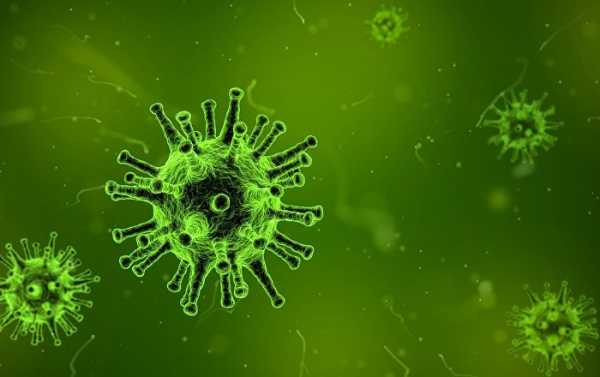
Scientists at Tomsk Polytechnic University have developed a unique anti-viral composition to inhibit the gene expression of the influenza A virus (PA, NP and NS). The results will be used to develop a drug to prevent and treat the viral infection. The article has been published in the journal Antiviral Research.
Research Fellow at the Tomsk Polytechnic University Research School of Chemical and Biomedical Technology Alexander Timin told RIA Novosti that the new anti-viral composition is made up of three siRNAs (small interfering ribonucleic acids) targeted at these genes and encapsulated in hybrid polyelectrolyte microcapsules.
The university scientists with their colleagues from the Healthcare Ministry’s Smorodintsev Research Institute of Influenza have developed 11 new siRNAs with anti-viral activity in vitro that can suppress conserved and consensus sequences in the genome of the influenza A virus on the NS, PA and NP genes. Anti-viral properties were screened and three siRNAs, PA-1630, NP-717 and NS-777, were selected for their most pronounced inhibitory ability.
During the research, scientists compared the effectiveness of intracellular delivery and anti-influenza reaction of the siRNA drugs using a polycationic carrier, liposomes, and hybrid microcapsules.
The results show that siRNA is localized and effectively held inside the capsules with a maximum capacity of 6.4 pM/μl siRNA, which significantly exceeds the capacity for polycationic carriers and liposomal carriers.
Experts have analyzed if it is possible to use hybrid organic microcapsules with a SiO2 surface for this and assessed them as a tool for siRNA intracellular delivery:
“We have shown that microcapsules effectively protect siRNA from degrading, which is extremely important for their use as a tool for siRNA intracellular delivery. If needed, their surface can be modified to reach higher biocompatibility, biodegradability, effectiveness and better-targeted delivery,” Alexander Timin noted.
According to the scientists, this can be used to develop new medicines with various properties.
In the course of the research, the scientists also compared the repression of the virus reproduction in vitro after its cells were treated with microcapsules containing a mix of three siRNAs and each one separately:
“We have demonstrated a general decrease in the expression of the viral siRNA, a quantitative decrease in the level of viral target proteins in cells and a decrease in the virus reproduction as well as in the dilution of the viral offspring using the ‘siRNA cocktail,’ which is higher than the effect of separate siRNA,” said Alexander Timin.
The results show that preventive cell treatment with the combination of three encapsulated siRNAs produces a strong and specific anti-viral effect against several subtypes of influenza A virus (H1N1, H5N2, H7N9), hence decreasing the dilution of the viral offspring by 2-4 lg TCID50/ml.
According to the scientists, the results of the siRNA anti-viral potential study will further be used to develop a pharmacological form of the drug based on siRNA for preventing and treating the viral infection caused by the human influenza A virus.
Sourse: sputniknews.com






